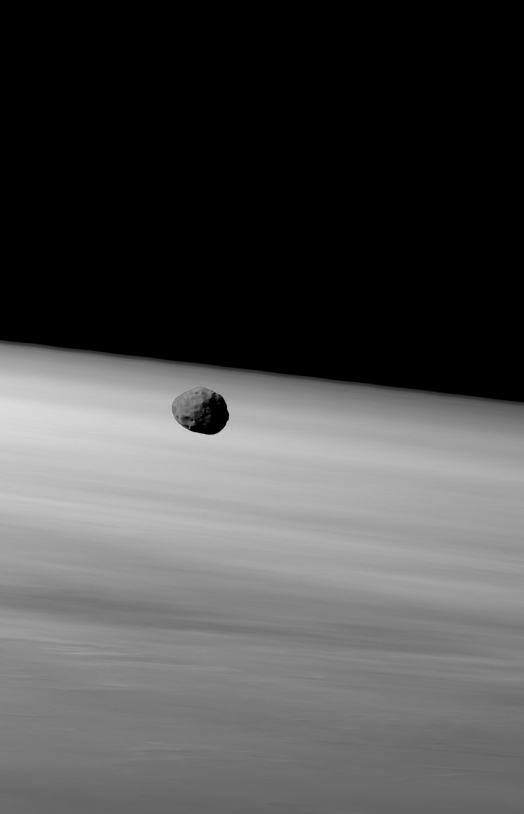Probe – Instruments
Besides its navigation capabilities, the MMX mission is also equipped to collect soil samples on the surface of Phobos and will be carrying a science payload of 12 instruments and the rover:
- TENGOO: TElescopic Nadir imager for GeOmOrphology (Japan, Rikkyo University)
This instrument is a camera for observing the detailed terrain on the surface of Phobos from quasi-orbit at an estimated pixel resolution of 40 centimetres and a distance of 20 kilometres. It will be useful for determining the topology of candidate landing sites and the distribution of different materials on the surface of both moons.
- OROCHI: Optical RadiOmeter composed of CHromatic Imagers (Japan, Rikkyo University)
This is a wide-angle camera to observe the topography and material composition on the surface of the two moons. It can take images in the visible light reflected from the surface at multiple wavelengths to identify hydrated materials and organic matter, both globally and at the sampling locations.
- LIDAR: LIght Detection And Ranging (Japan, Chiba Institute of Technology)
A lidar is an instrument that uses light from one or more laser beams bouncing off an object to determine its range, shape and reflectivity. It is used to characterize surface materials and to precisely determine the probe’s altitude.
- CMDM: Circum-Martian Dust Monitor (Japan, Planetary Exploration Research Center, Chiba Institure of Technology)
This is a dust detector capable of measuring particles of 10 μm or more in size, designed to characterize the environment of Mars’ moons. It will also be useful for estimating the frequency of collision of celestial particles that generate dust and the phenomenon of dust reintegration on Phobos and Deimos.
- MSA: Mass Spectrum Analyser (Japan, University of Osaka)
This instrument is designed to observe and determine the presence of ions around Mars’ moons. Measuring ions released from the moons, Mars and in the solar wind will enable the science team to investigate whether ice is present on Phobos and Deimos, as well as tidal and weathering effects and dissipation of Mars’ atmosphere.
- MEGANE: Mars-moon Exploration with Gamma rays and Neutrons (USA-NASA, JHUAPL)
Developed in partnership by JAXA and NASA, this instrument will observe gamma rays and neutrons on the surface of Mars’ moons to determine their elemental composition and help to select candidate sampling sites.
- MIRS: MMX InfraRed Spectrometer (France – CNES/LESIA)
This is a near-infrared imaging spectrometer that will analyse light reflected from the surface of Mars’ moons to determine their mineral composition according to absorbed wavelengths.
- P-SAMPLER: Pneumatic Sampler (USA-NASA, Honeybee Robotics)
The goal of this gas-injecting instrument is to collect samples from the surface of Phobos and cache them in the return module for analysis on Earth.
- C-SMP: Coring Sampler (JAXA)
This instrument intends to collect samples and cache them in the return module for analysis on Earth.
- SRC : Sample Return Capsule (JAXA)
- IREM: Interplanetary Radiation Environment Monitor (JAXA)
- SHV: Super Hi-Vision Camera (JAXA)

